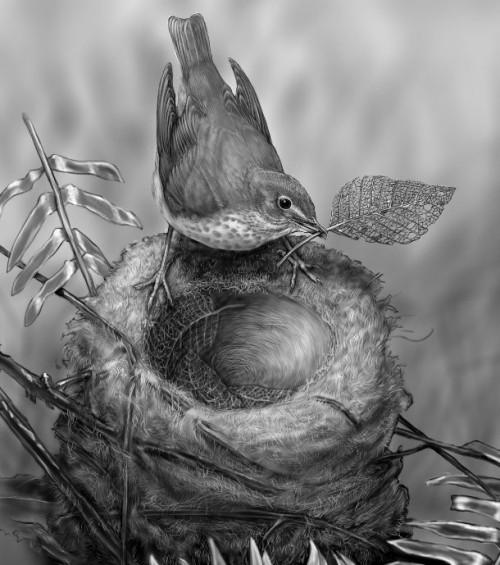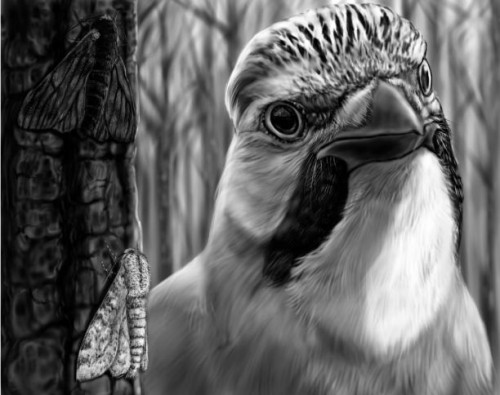Welcome to Subirdia: Q&A with John Marzluff

As part of our “Nature in Writing” series, John Marzluff reads from Welcome to Subirdia: Sharing Our Neighborhoods with Wrens, Robins, Woodpeckers, and Other Wildlife, Friday, April 3rd, 7 pm, in the Readings Gallery at Village Books in Bellingham. Free!
Q: You started your research studying crows, jays, and ravens. What was the catalyst for making the transition to birds and wildlife in urban areas?
JM: Moving to Seattle in the late 1990s, I was confronted with a rapidly growing urban area that was spilling into relatively wild country. When a large forest near my home became a high-end subdivision, I knew I had to take a closer look. Previously, scientific information for urban systems was mostly descriptive or nonexistent. Researching how birds and other wildlife responded to development was a perfect way to combine my love of pure science with my desire to offer planners, developers, and others relevant ecological knowledge.
Q: Could you please define subirdia?
JM: The geography of life, or a physical place (the rich mix of built, planted, and natural lands that fringe our cities) and the web of life linking people with their natural world.

Swainson’s Thursh
Q: The research you and your students and postdocs undertake requires many patient and persistent observers. How long and about how many have contributed to our understanding of subirdia?
JM: In this type of work, a year’s effort yields only a single data point. To understand the ups and downs of bird populations and the natural booms and busts of birth and death requires a decade or more of standardized measurement. For thirteen years, eight to ten of us took to the woods and streets every spring and summer. During this time, my team included many undergraduates and interns, three postdocs, eight doctoral students, and six master’s students. I am proud that they now teach in some of our nation’s top universities, contribute to the management of our wild resources, and direct research in non-profit conservation organizations.
Q: What do you hope readers will take away from their experience of encountering Welcome to Subirdia?
JM: A better understanding and appreciation for the ecosystem we call “home” and the tools needed to nurture a life enriched by our wild neighbors.
 Banded Spotted Towhee
Banded Spotted Towhee
Q: What is your favorite bird or wildlife encounter you relate in the book?
JM: The great thing about field research is the collection of memories I take home each season. I can still recall the broods of hungry thrushes I measured and the extraordinarily old birds I was able to recapture. But my favorite memories from subirdia mostly involve mammals. For example, sitting quietly as a band of angry crows approached and seeing that the object of their scorn was a brash bobcat; playing bird calls by a mist net in the cold dawn and having a coyote rush in; and the look on one kid’s face as he extracted his bicycle from a (different) net and wondered what he was going to tell his mom. (Well that’s not in the book, but it was sure fun!)


